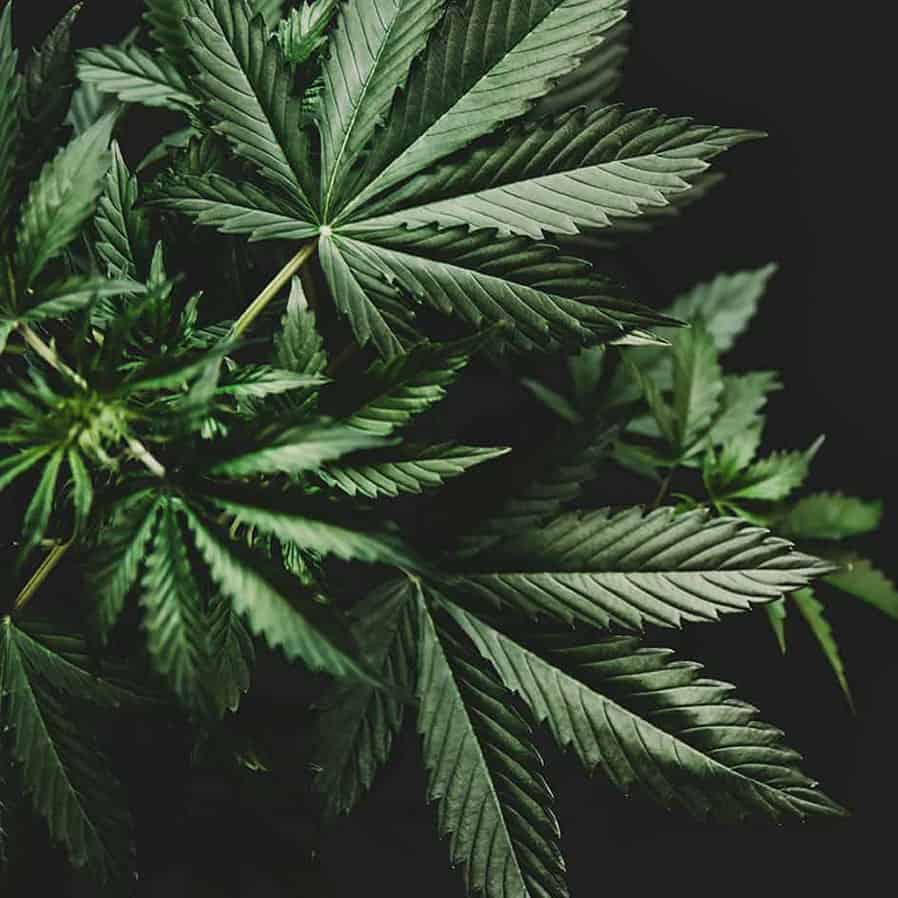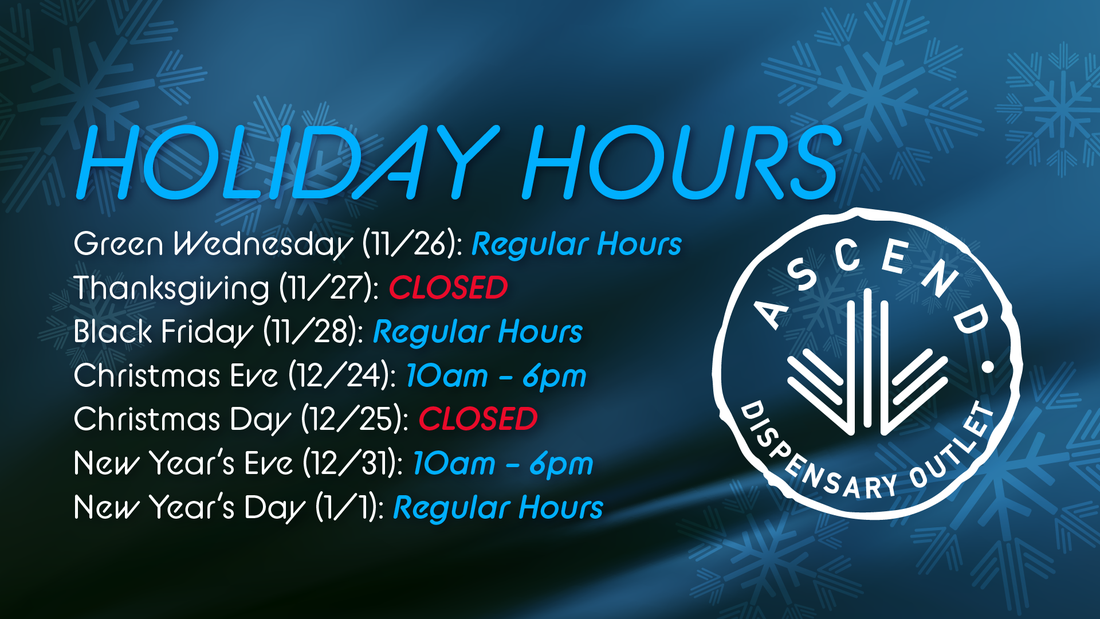If you’ve ever seen a cannabis plant up close—or even just a cool photo online—you’ve probably noticed it’s a pretty unique-looking plant. But beyond its good looks, cannabis is made up of several key parts, and each one plays a role in how the plant grows, smells, and ultimately affects you. Let’s break it down in plain English.
Roots: The Underground Foundation
It all starts underground. Like most plants, cannabis has roots that anchor it in the soil and suck up water and nutrients. Healthy roots mean a healthy plant. They’re kind of like the digestive system—taking in the good stuff and sending it upward so the plant can thrive.
Stem and Branches: The Support System
Above ground, you’ll see the main stem (aka the stalk). It’s the central structure that supports the whole plant and helps transport water and nutrients from the roots to the leaves and flowers. Think of it as the plant’s spine. Branches shoot out from the stem, and they’re where most of the magic starts to happen.
Leaves: The Solar Panels
You’ve probably seen those iconic fan-shaped leaves—they’re called “fan leaves.” These are the plant’s solar panels. They catch sunlight and help the plant turn that light into energy through photosynthesis. While fan leaves don’t contain much THC (the compound that gets you high), they’re still super important to the plant’s growth.
Nodes and Internodes: Where the Action Happens
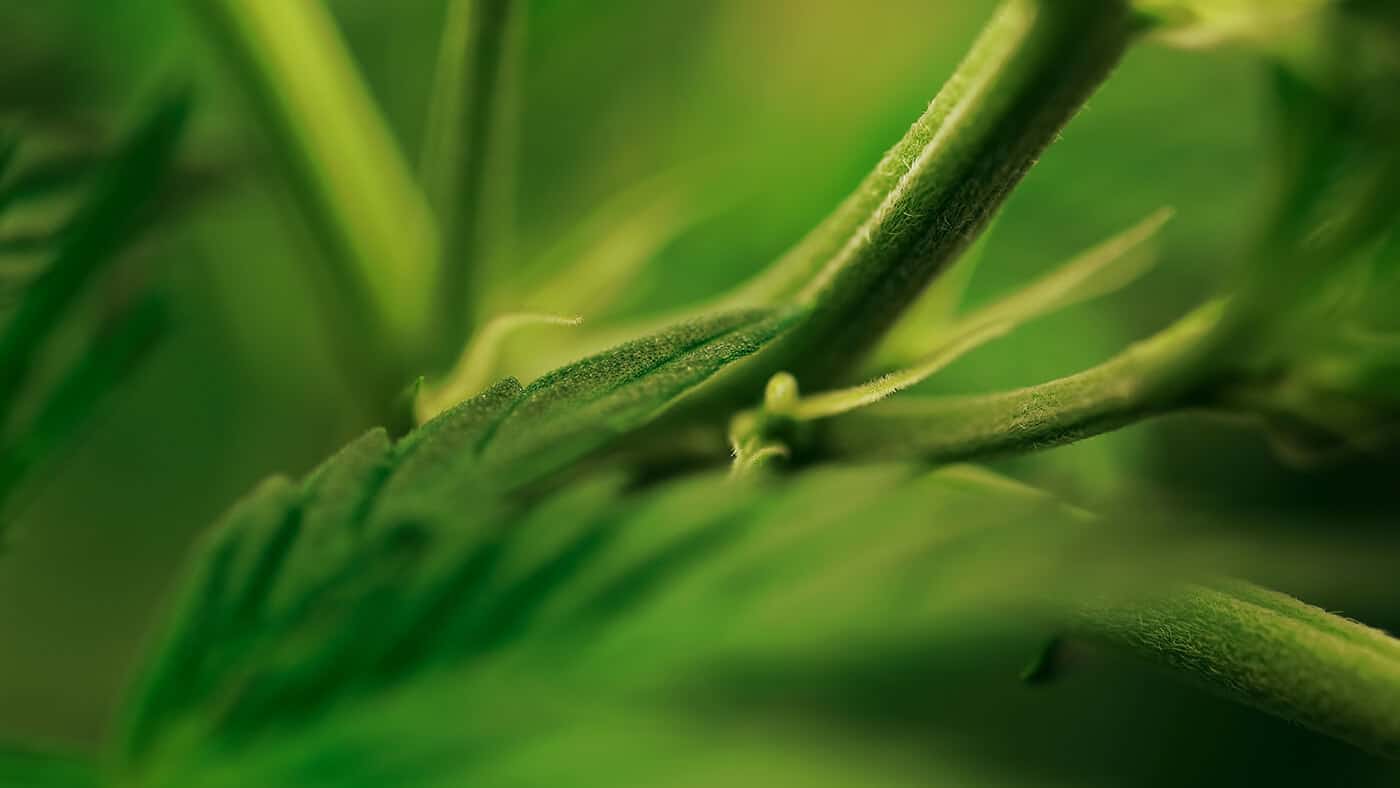 A node is where branches or leaves grow out from the stem. The space between two nodes is called an internode. Why does this matter? Because flower buds usually grow at the nodes. If you’re cultivating your own plant, this is where you’ll be paying close attention.
A node is where branches or leaves grow out from the stem. The space between two nodes is called an internode. Why does this matter? Because flower buds usually grow at the nodes. If you’re cultivating your own plant, this is where you’ll be paying close attention.
Flowers (Buds): The Main Attraction
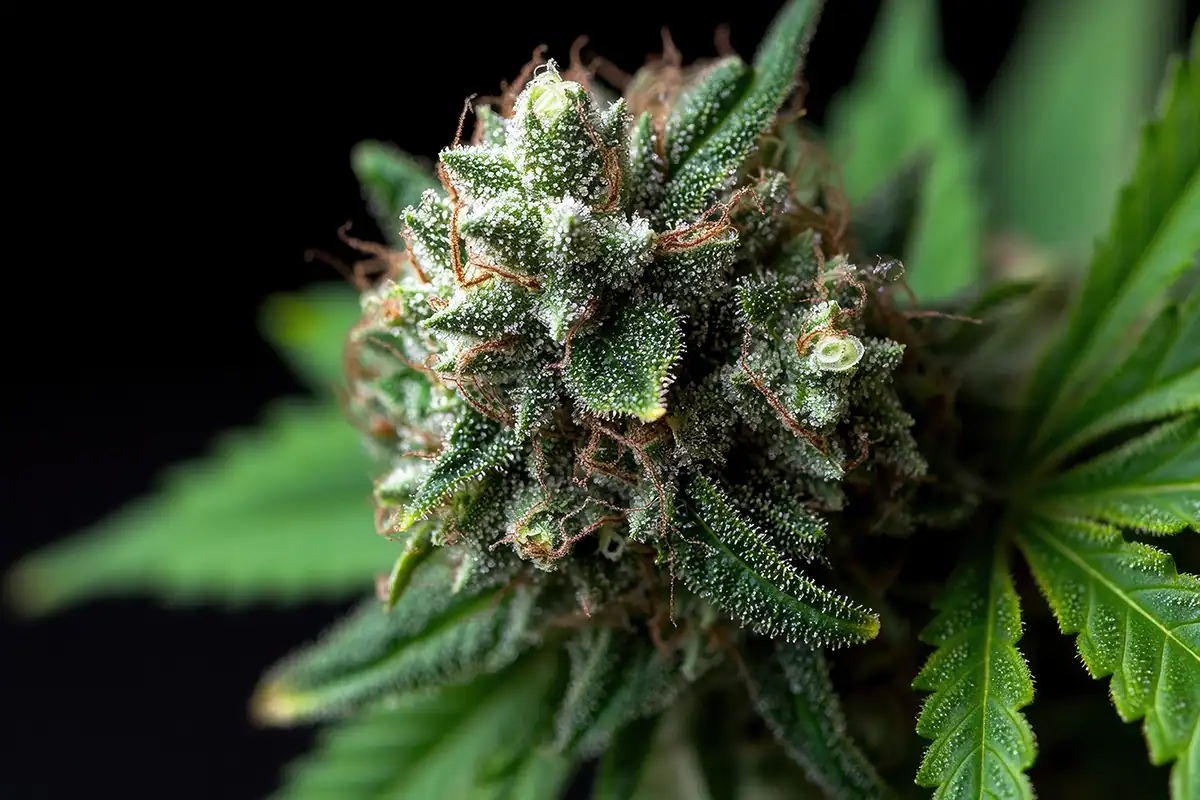
Here’s the part most people care about—the flowers, also called “buds.” This is where the highest concentration of cannabinoids (like THC and CBD) and terpenes (the compounds that give cannabis its unique aroma) are found. Buds are covered in tiny, crystal-like structures called trichomes, which look sparkly and sticky. Those trichomes? That’s where most of the potency lives.
Trichomes: Tiny But Mighty
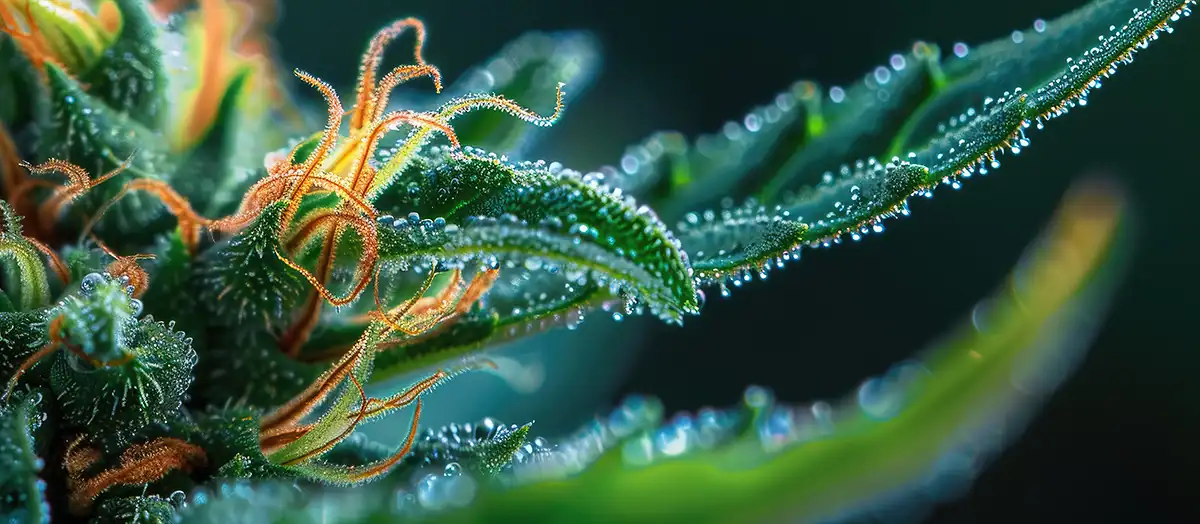
These are the little glands that produce resin. Trichomes are what give high-quality buds their frosty look. They’re packed with cannabinoids, terpenes, and flavonoids—all the compounds that influence how a strain smells, tastes, and feels when you consume it.
Pistils and Stigmas: Colorful Details
Look closely and you’ll see little hair-like structures on the buds—these are pistils, and the colorful tips are stigmas. They start out white and turn orange, red, or brown as the plant matures. They help the plant with reproduction, but for consumers, they’re mostly a sign that the plant is ripening.
In a Nutshell
The cannabis plant is more than just “weed”—it’s a complex little ecosystem. From the roots underground to the glittering trichomes on the buds, every part of the plant serves a purpose. Whether you’re smoking it, eating it, or just admiring how it grows, understanding a bit about its anatomy helps you appreciate the plant on a whole new level.

